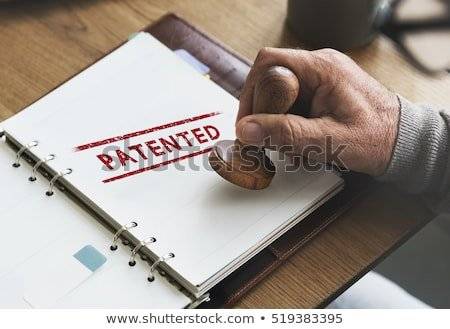This post was first published on March 1, 2010.
Claims draw the boundary to the invention that is being claimed. The boundary that is being drawn must be carefully done in order to ensure that the claims serve their purpose. The point here is that every claim must have a specific purpose and must be targeted to a potentially infringing product or process, or be targeted to protect a specific implementation (in case of defensive approach). In order for the practitioner to be able to do that, he must have a clear understanding of how a product or process is implemented and put to use in a commercial environment.
For illustrative purposes, let us consider a simple example. Let us say that the invention is a battery operated locking mechanism for a bicycle. Now, a practitioner must be able to consider the use of such a locking mechanism for any application and must ask the right questions to determine the possible applications of the locking mechanism irrespective of the original context (which is the use of the locking mechanism in a bicycle). If the locking mechanism by itself is patentable and can be sold separately, then a set of claims must be directed specifically to the locking mechanism. Of course, the practitioner must also plan to claim the specific product (cycle with the locking mechanism) that the inventor has come up with to ensure protection for what is going to be put forward in the market immediately. Further, the practitioner must also consider whether the mechanism itself can be implemented in a different way without deviating from the spirit of the invention, and, therefore, consider including method claims that claim the locking mechanism without limiting the locking mechanism to specific hardware elements involved as envisaged by the inventor. Many such variations must be considered, and it would be difficult to imagine how a practitioner that is not in the field experimenting with the various options can imagine different options without the help of the inventor.
Often I see inventors (especially those from small and medium enterprises) shying away from getting involved in the process of patent protection. The reason I hear most of the times is that they do not have the time to be “involved”. Being an entrepreneur myself, I can understand where they come from. In an SME setup, one man must play many different roles. Also, most often, key people in such organizations are also the inventors and, therefore, they may feel pressed for time. Having said that, “not having time” is an inexcusable excuse.
However, I also believe that the other part of the reason for inventors not getting involved in defining boundaries for protection is that practitioners try to make the process of protection their own exclusive domain, and do not try to engage/educate inventors enough in the process of patent protection. This may be due to lack of confidence, which may be due to lack of experience in the field, on the part of the practitioner himself in the domain of the specific invention that he is dealing with. This is may also be due to a lack of effective communication between the practitioner and the inventor, simply because one of them or both of them are poor when it comes to communicating effectively. In my experience, whenever I could engage/educate an inventor, I felt that the result was much better than what could have been without the involvement of the inventors. The insights that the inventors provide about the technology of the invention and how the invention is put to use the commercial environment are almost always invaluable in defining the boundaries for protection that are meaningful and useful. When that happens, its a win-win for both the practitioner and the inventor. The practitioner need not feel like he has to come up with solutions for protecting somebody else’s technology, and can focus on his job, which is giving maximum protection to his client’s technology based on the needs of the client; and the inventor gets the most out of the protection.



